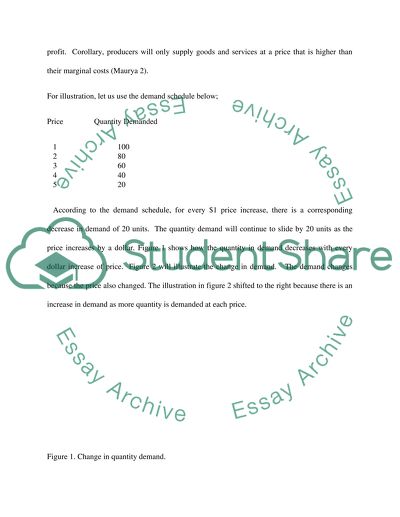Cite this document
(“Principles of Micro Economics (Change in Supply and Demand) Research Paper”, n.d.)
Principles of Micro Economics (Change in Supply and Demand) Research Paper. Retrieved from https://studentshare.org/macro-microeconomics/1435489-principles-of-micro-economics-change-in-supply-and
Principles of Micro Economics (Change in Supply and Demand) Research Paper. Retrieved from https://studentshare.org/macro-microeconomics/1435489-principles-of-micro-economics-change-in-supply-and
(Principles of Micro Economics (Change in Supply and Demand) Research Paper)
Principles of Micro Economics (Change in Supply and Demand) Research Paper. https://studentshare.org/macro-microeconomics/1435489-principles-of-micro-economics-change-in-supply-and.
Principles of Micro Economics (Change in Supply and Demand) Research Paper. https://studentshare.org/macro-microeconomics/1435489-principles-of-micro-economics-change-in-supply-and.
“Principles of Micro Economics (Change in Supply and Demand) Research Paper”, n.d. https://studentshare.org/macro-microeconomics/1435489-principles-of-micro-economics-change-in-supply-and.


